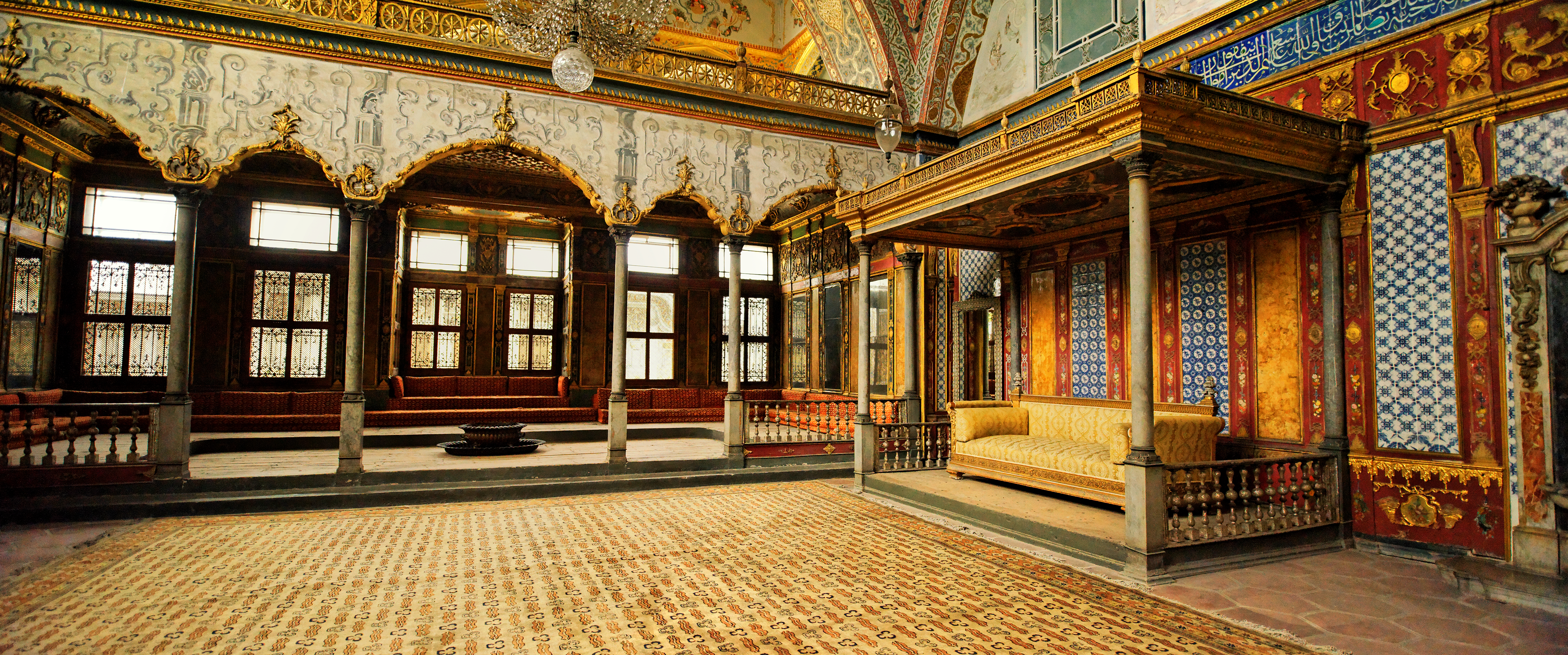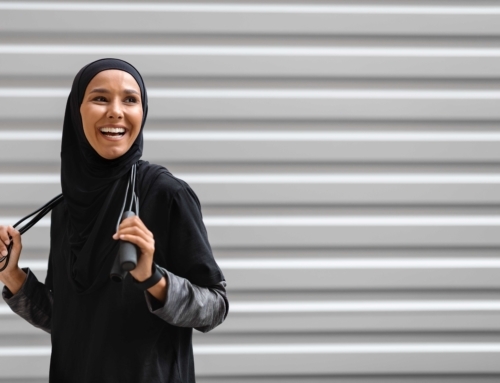By: Ayah Aboelela
How Orientalism Shapes Western Views of Muslim Women
The semester I learned about orientalism as an undergrad marked a clear before and after in my life. Because once I understood what orientalism was, I simply couldn’t un-see it—and it was everywhere. From fantastical movies like Disney’s Aladdin, to classic, high-school syllabus books like Charlotte Bronte’s Jane Eyre—too many stories use orientalism to spark the imagination of their western audiences.
The Dangers of Orientalist Tropes in Popular Culture
Orientalism is the distorted presentation of people and cultures from the Orient—including Asia, the Middle East, and North Africa. Many scholars have pointed out the issues of orientalism, including the Palestinian Christian academic Edward Said, who identified it in his seminal book, pointing out several examples that show just how normally western societies otherize and exoticize the Orient through art, and how this affects cultural imaginations and politics (Edward W. Said, Orientalism. (New York: Pantheon Books, 1978).
Not even my childhood favorites were safe: Remember that scene in Aladdin (1992) when the market seller threatened to cut off Princess Jasmine’s hand for giving one of his fruits to poor children? I now recognized that scene for what it was: a distortion of the reality that inspired the movie, a villainization of Eastern men, and the victimization of its women and children.
Stories with orientalist tropes are simply surface-level representations of the political and social significance of the impact orientalism had—especially on Muslim women—for centuries. Whether it was through the colonial policies of the British Empire, or the imperial ones of the United States today, the orientalist portrayals of the victimized Muslim women have often served imperialist agendas.
The Hidden Biases in Our Favorite Stories
Take Jane Eyre and Frankenstein for example. Both are classic pieces of nineteenth century British literature, and despite the fact that both were written by women, they still use orientalist tropes to present non-western women as meek, oppressed, and imprisoned.
When Mr. Rochester jokingly compares Jane Eyre to being a slave of an Eastern sultan’s harem, Jane rebukes him, refusing to be the subject of an “Eastern allusion” (Joyce Zonana, “The Sultan and the Slave: Feminist Orientalism and the Structure of ‘Jane Eyre’”, The University of Chicago Press Journals, Vol. 18, No. 3 (Spring, 1993), pp. 592-617.) Thus, Charlotte Bronte displays her heroine’s strength by contrasting her with women in the orient. Similarly, Mary Shelley’s incredibly minor character, the eastern Safie, has no role in Frankenstein besides villainizing eastern men and showcasing the helplessness and oppression of eastern women—who, being the “female followers of Muhammad,” were apparently “forbidden” from aspiring “to higher powers of intellect and an independence of spirit”( Mary Wollstonecraft-Shelley, Frankenstein, 1818, chap. 14.)
The Politics of Representation: How Feminist Orientalism Is Used to Control Women
These examples do not only demonstrate how commonly accepted orientalist tropes were by English-speaking audiences (and, judging by their prevalence in American and British high school curricula, how such tropes still often go by unnoticed today). They are examples of feminist orientalism: the use of orientalist depictions of victimized eastern women to argue that the superior Europeans should pursue feminism to be contrasted from the East.
It served an important agenda. Mary Shelley, along with her mother, were part of a growing movement of nineteenth century British feminism, which argued for women’s rights in order to be distinguished from the eastern women who, in their view, had none. The oriental female characters were thus victimized in order to promote British feminism, to distinguish the progressive British society from the backwards oriental one, to villainize the Oriental male and heroize the European one.
How Feminist Orientalism Was Used to Justify Imperialist Interventions
This form of feminist orientalism had several political and cultural repercussions—both in Europe and in the colonies. On the one hand, it bolstered the Western view that their family structures and societal standards were superior to those of the Orient. And on the other, it was used to justify imperialist interventions in the colonies. The reasoning was that Muslim women, being so obviously the victims of the oppressive Muslim men, need to be protected—and how better to protect them than by implementing benevolent imperialist policies which also conveniently allow British colonial officials to stay in office, or American soldiers to continue occupying foreign land decades later?
It was a logic repeated multiple times throughout colonial history, and across multiple regions. Lord Cromer, the British consul general for decades in Egypt, declared that it was the role of the British Empire to civilize Egypt by freeing Egyptian women from the veil. France played a similar role in Algeria. On the one hand, its orientalist photographers and painters bribed Algerian women to pose in highly exotified outfits, poses, and settings, all to be consumed by the gaze of the white colonists. On the other hand, France’s civilizing mission aimed for the liberation (read: westernization and unveiling) of native women.
Feminist Orientalism: How It’s Still Used to Control Women & Justify Imperialism
Feminist orientalism is not limited to colonial history. It is still being used today—as a means of controlling the bodies of women, and as a justification for imperialism.
Today, the French government still uses the rhetoric of protection to control women and prevent them from veiling—despite the fact that Muslim women have repeatedly spoken out about choosing to wear the hijab. In the 2001 US invasion of Afghanistan, the US government, along with several American feminists, called for liberating Afghan women—despite the consistent activism from Afghan women’s rights organizations against US intervention. And unfortunately, Muslim women are sometimes not even safe from other Muslims or non-Western authors when it comes to orientalist representations–Khaled Hosseini’s novels, which the Bush administration used as justification for intervention (and indeed, Bush and his wife themselves recommended it) in the midst of the US invasion of Afghanistan, are prime examples.
Reject Orientalism, Uplift Muslim Women’s Voices
Muslim women have had to deal with orientalist depictions for centuries—and are still being subject to them today. On a wider scale, these depictions victimize Muslim women and appeal to their intended white audiences, directly becoming imperial tools by providing justification for powerful nations to adopt imperialist policies that allow military interventions. But all is not lost: we have indeed made significant progress in recent years thanks to the rising number of contributions from Muslim women creatives who are changing the tides–SK Ali, SA Chakraborty, Leila Aboulela, and G Willow Wilson to name a few. It is our jobs as both consumers and creators to, on the one hand, reject orientalist depictions in our books, movies, and other forms of art, and on the other, uplift the voices of Muslim women.
Got Questions?
We have Answers. Get in touch now.




